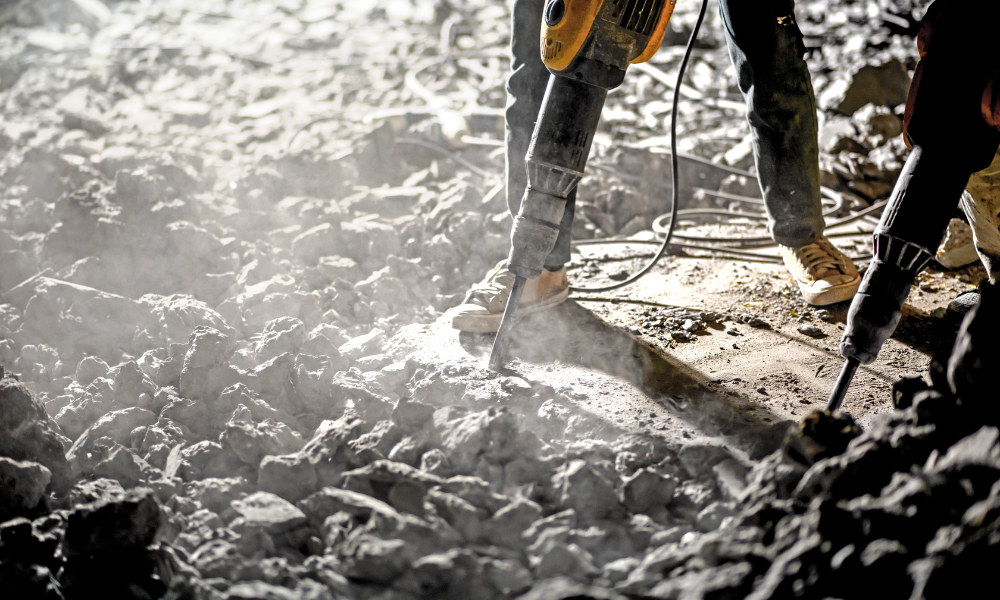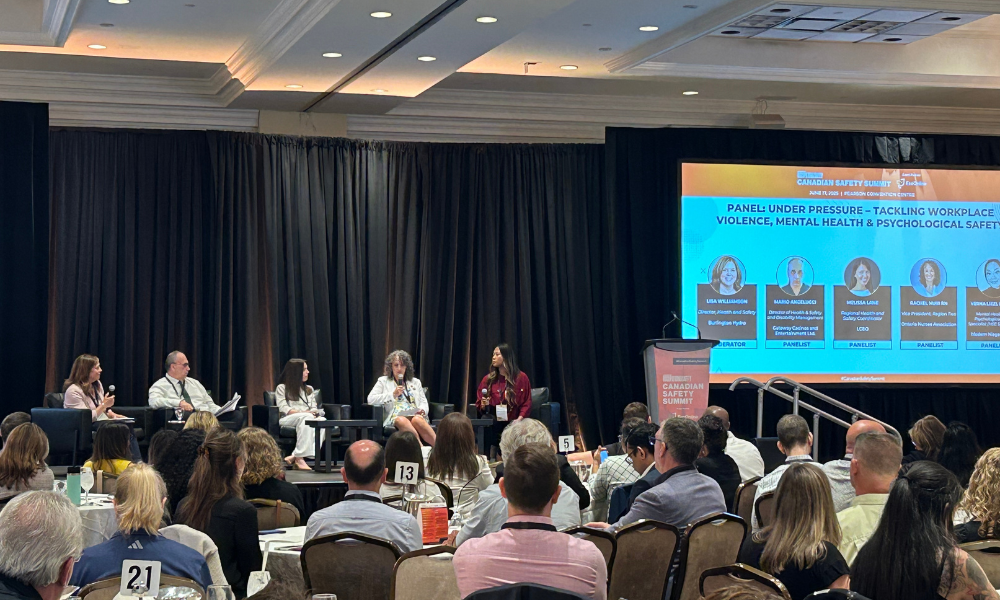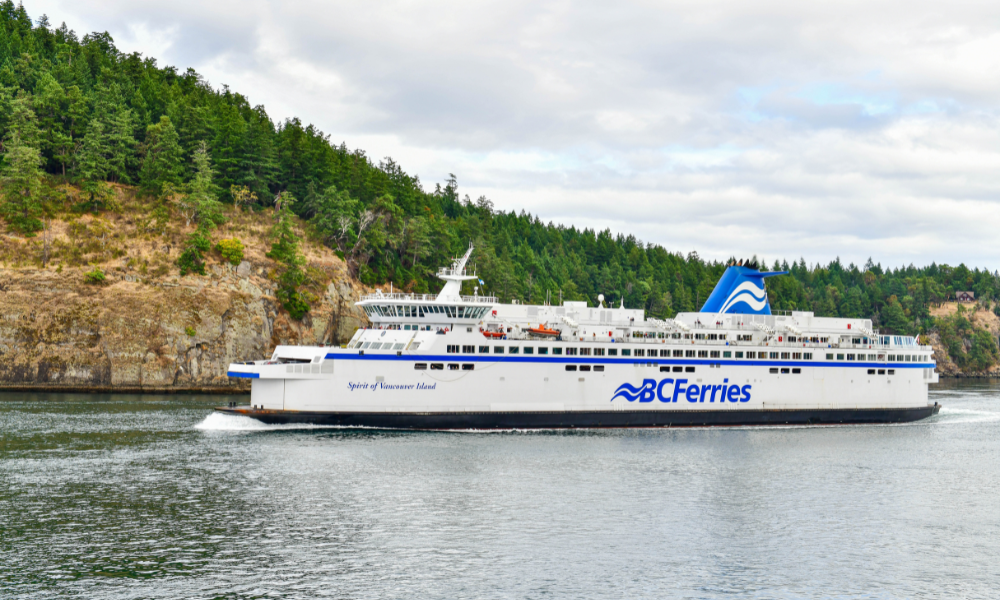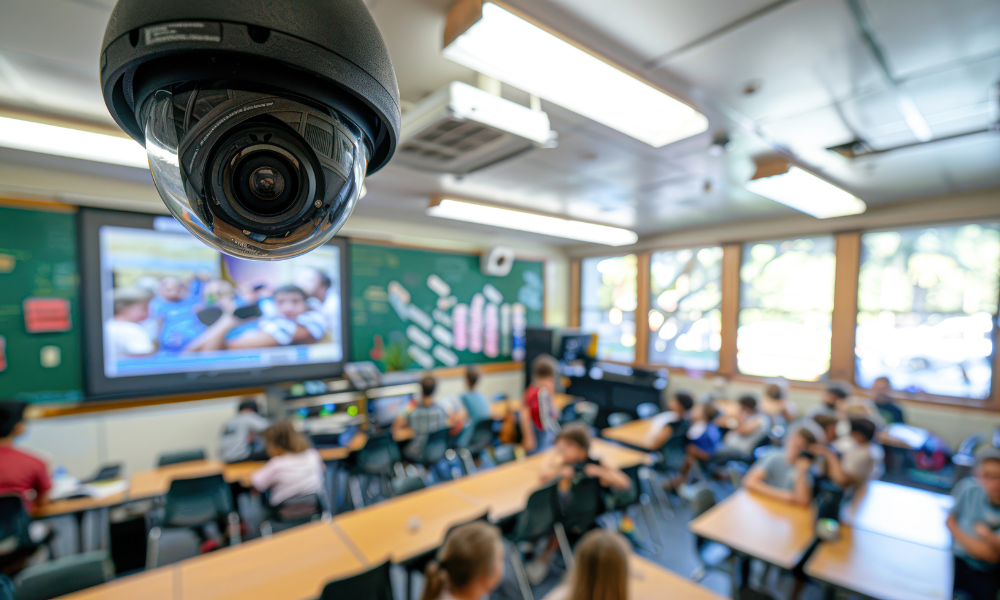'People are not afraid to talk about safety or bring safety items up'
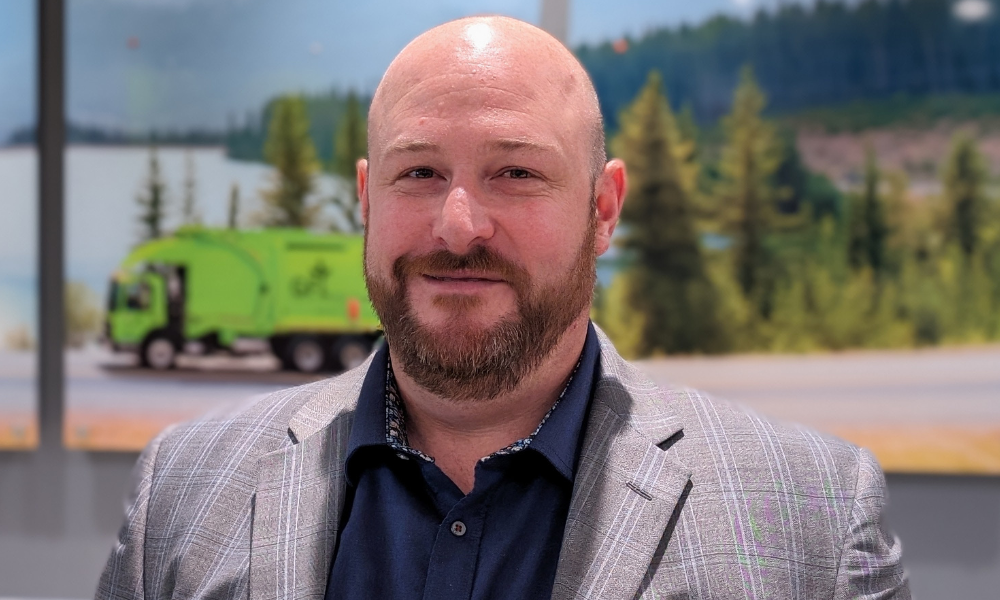
At GFL Environmental, Robert McLellan, director EHS Canada, has be integral to designing and implementing impactful strategies to enhance health and safety within his organization.
"We really took an approach of risk analysis when I first came on board, trying to understand where our biggest risks were throughout the organization," McLellan explains.
A notable initiative introduced in 2022 was the "Safe for Life Pause" program, which McLellan describes as "a last-minute risk assessment that helps frontline workers think before they act or engage with the mind before the hands." This program addresses the high-paced and repetitive nature of the industry, where complacency can become a significant hazard.
And the program’s success was manifestly evident after McLellan measured its impact through engagement opportunities.
"We were out in the field, promoting it, checking in to make sure people understood it," McLellan says. The feedback has been overwhelmingly positive, leading to the program's adoption in the US and solidifying its place as a cornerstone of GFL's safety initiatives – it’s also helped employees get behind future initiatives.
"People are not afraid to talk about safety or bring safety items up," McLellan adds.
A large portion of McLellan’s role also revolves around risk mitigation – something that’s growing in importance in Canadian organizations.
"We've been placing an increased focus on the leading indicator side," says McLellan. “We've been working towards certificate of recognition and all the provinces that we previously didn't have one. [We’re] using the certificate recognition audit tool to focus on the continual improvement aspect of safety - that's been really good. We’ve spent a lot of time on OBAs - observational behavior assessments - having our supervisors out there working with the drivers and the employees to identify behaviors, intervene, coach and correct as we go.”
Innovation also plays a crucial role in enhancing safety processes, with McLellan’s team in the midst of a training transition, embracing new technologies.
"We're starting to utilize the technology that's out there and available to us," he explains. This involves implementing a new Learning Management System (LMS) with gamification features to engage newer employees.
"It's nice to build a bit of competition in the reward system to complete those tasks that are sometimes mundane," McLellan adds. This LMS, developed by Docebo, is set to pilot in select markets in Canada and the US, with plans for a global rollout.
In addition to embracing technology, the company is also returning to more traditional training methods.
"We're going back to some instructor-led and field-specific training," McLellan says. This shift back to boots-on-the-ground technical training was prompted by the normalization of operations post-COVID.
"When COVID happened, we really shifted away from those safety contacts," he explains. “We can identify the risks at that point and address them.”
McLellan’s dual approach to training—combining advanced technology with traditional methods—highlights a comprehensive strategy aimed at improving safety and reducing incidents.
“[It’s about] that gamification area – that technological solution. Are you building that in internally? Or is this is a product you’ve purchased?”
At GFL Environmental, they don’t develop policies or programs in a silo, McLellan points out. Instead, in order to ensure the most success possible, McLellan says they need stakeholder buy-in.
“If safety develops a program or policy and rolls it out without that stakeholder engagement, it typically doesn't hold any weight. We need the stakeholder input and review all the way through to ensure the program has been successfully implemented and will be sustained moving forward.”


